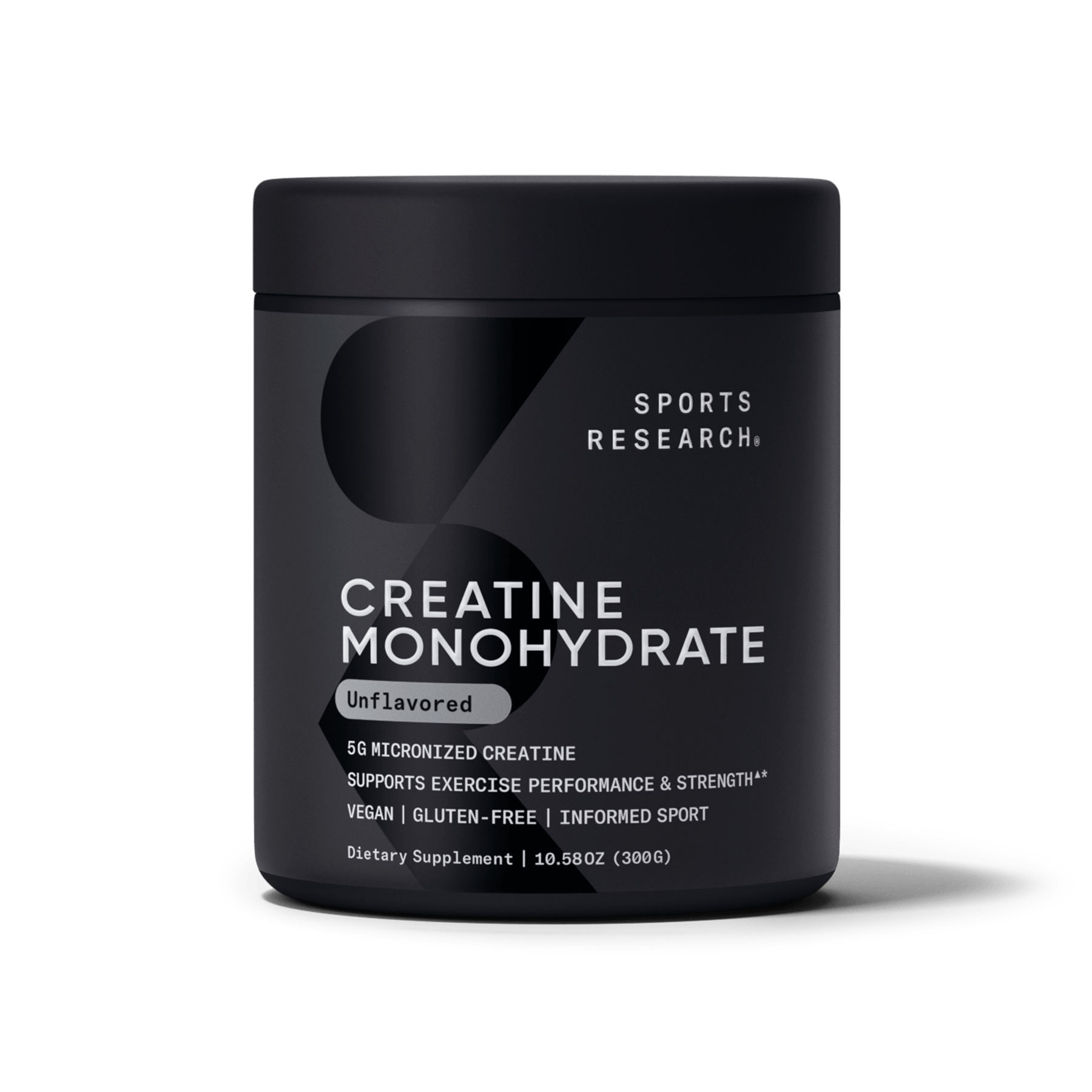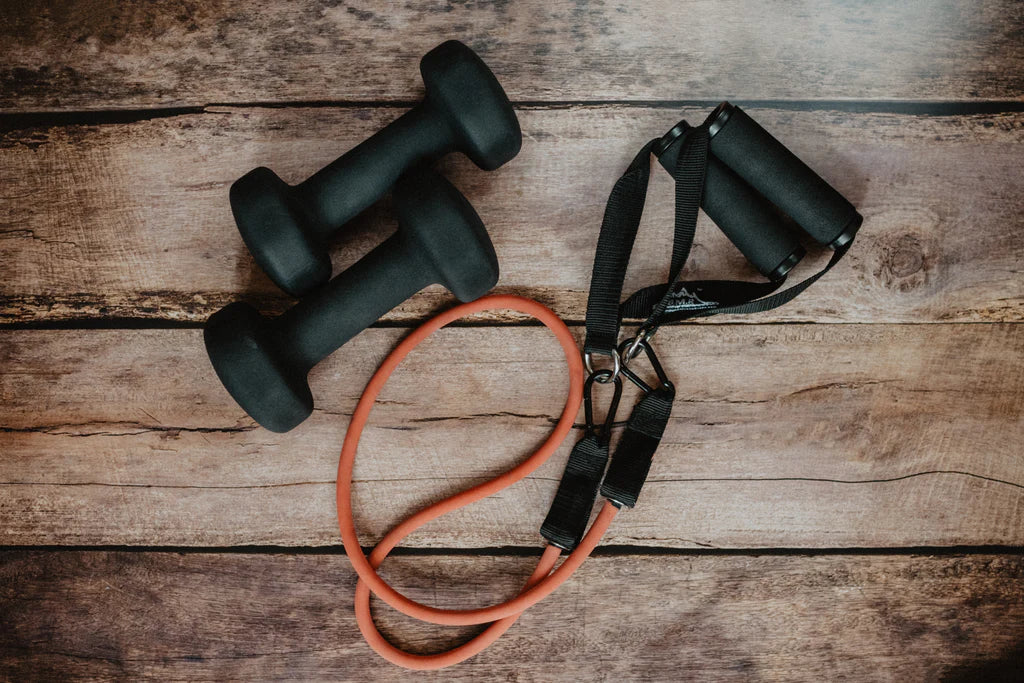
So... is Ringworm actually a worm? No, it's a form of fungus!
Ringworm is more common than you may think and can spread quite readily—as those infected are contagious even before they start showing symptoms of the disease. Coming into contact with contaminated towels, sports equipment, infected animals, people, or even soil can cause the fungus to spread. Participants in contact sports such as wrestling are at higher risk of contracting the fungal infection due to skin-to-skin contact.
Fungi are present naturally in our environment and seem to flourish in warm, damp, or moist conditions. The Ringworm fungus itself, Trichophyton rubrum, exist in substantial populations on wrestling mats, in locker rooms, and bathing areas precisely because of the favourable conditions noted above.
The human body's natural skin flora contains many kinds of fungi in quantities considered reasonable and in equilibrium with the skins ecosystem. Usually, the body is proficient at carrying fungi at healthy levels. However, if allowed to flourish beyond the norm, one may develop ringworm.
Most people are exposed to the causes of ringworm daily. However, some people are more susceptible to it than others. Those who suffer from eczema or other skin ailments, as well as pre-pubescent children, are more vulnerable to the infection.
Symptoms and diagnosis

Ringworm is a contagious skin infection that is far more widespread than previously understood. Fortunately, because of its ubiquity, ringworm diagnosis is a straightforward procedure. Recognition and remedies are just as straightforward if you know what the symptoms of ringworm are.
The best-known sign of ringworm in people is the appearance of one or more red raised itchy patches with defined edges, not unlike the rash of Pityriasis rosea. These patches are often lighter in the centre, taking on the appearance of a ring. If the infected area involves the scalp or beard area, then bald spots may become evident. The affected area may become itchy for periods of time.
The word "Ringworm," is very misleading as the early signs of red rings or flaking patches of skin are, of course, not due to parasitic worms. Instead, Ringworm is caused by microscopic skin fungi that are related to the same fungus as Jock Itch or Athlete's Foot. This fungi feed on the cells of the skin and rapidly reproduce as they proceed to feed on new skin cells. This feeding/reproduction process is what causes the red rings and severe itchiness. This inflammation on the cellular level is your skins first response to the infection.
Sometimes a ringworm infection may cause skin lesions in a part of the body that is remote from the actual site of the disease. Such lesions are called "dermatophytids." The lesions themselves are fungus-free and frequently disappear upon treatment of the actual infection. The most common example is an eruption in the hands resulting from a fungus infection of the feet. Dermatophytids are essentially a generalised allergic reaction to the fungus.
How to spot the first Ringworm sign

Identifying ringworm can be rather easy. When looking directly at the infected area, do you notice a red patch with a circular or oblong shape? Remember, the innermost part of the rash will have a consistent colour and texture. The perimeter of the outbreak or, "ring" will tend to be darker (red), dry or flaky. The outside edge of this rash can look like a thin line. Peeling dead skin will emerge as more extensive, sizeable red rash.
The unique “Ring-like” look of the Ringworm infection is due to the way the ringworm fungus grows. It starts out as a minute centralised rash on the skin, and as the fungus feeds on the skin cells, it radiates outwards in the direction of new feeding territory. As the original starting point of the infection heals, and the fungi continue on their outward journey, the patch of skin in the centre of the ring leaves tell-tale signs of the previous feeding frenzy.
Ringworm prevention

Ringworm, Jock itch and Athlete's Foot are highly contagious. Dispersion Ringworm contamination throughout the body occurs through individual-to-individual and individual-to-animal contact. Sharing personal hygiene items (combs, apparel, etc.) or direct skin-to-skin transference (i.e., petting a dog or cat) are the most common ways. Fortunately, simple remedies will work and once the rash starts to fade they are no longer contagious.
When left untreated, ringworm can spread quickly to cover large patches of skin. At this stage, it might not only be itchy but can become very uncomfortable and prone to a more severe infection. To prevent yourself and others from contacting ringworm, take steps that would help you avoid fungal skin infections such as:
- Thorough cleaning and drying of the skin and scalp is vital for stopping skin infections.
- Avoid sharing clothing, equipment, and personal hygiene items.
With proper care, ringworm symptoms will fade and clear up within two to four weeks. If after administering a remedy for two weeks and there is no respite from the signs, new symptoms emerge, or the rash is worsening, notify your medical practitioner as the infection may require professional medical care.
If fungal infections run in your family, you may have a genetic predisposition to getting ringworm. If genetic predisposition is the case, you must be sure to clean methodically after being in areas like wrestling rooms, locker rooms, public pools, or other moist, humid environments. Once determined that ringworm is the culprit, start the healing process with simple antifungal ingredients.
Defense Antifungal Soap Treatment

Defense Antifungal Medicated Bar Soap should be considered for cleaning and treating outbreaks. It’s the first 100% natural soap created for fighters, that directly circumvents the hazards and problems associated with chemical-based anti-bacterial products.
Defense Soap contains the highest concentrations of 100% natural therapeutic essential oils possible to put in a bar of soap. And though Defense Soap is not intended for use in the diagnosis, cure, treatment, or prevention of skin diseases—these essential oils have been clinically proven to have anti-bacterial, anti-viral and anti-fungal properties. They are also shown to be an effective, safe, natural remedy and preventative to help clean away the skin funk and mat grime associated with MRSA, Ringworm, Impetigo, Staph, and Herpes.
Defense Soap is a proven product and is endorsed for its extraordinary benefits by internationally known names in the world of sports. Including World Champions, the USA Olympic World Team athletes, top UFC and IFL fighters, as well as the Joe Rogan podcast.
Making Defense Soap an everyday part of your training regimen is the smartest way to stay clean—before and after contact sports.





